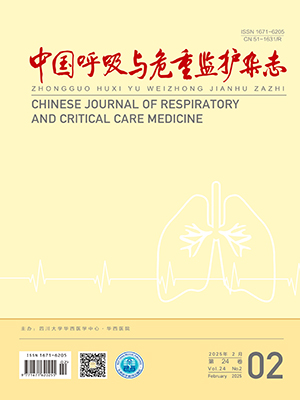| 1. |
Adcock IM, Ford PA, Bhavsar P, et al.Steroid resistance in asthma:mechanisms and treatment options. Curr Allergy Asthma Rep, 2008, 8:171-178.
|
| 2. |
Hämäläinen M, Nieminen R, Vuorela P, et al.Anti-inflammatory effects of flavonoids:genistein, kaempferol, quercetin, and daidzein inhibit STAT-1 and NF-κB activations, whereas flavone, isorhamnetin, naringenin, and pelargonidin inhibit only NF-κB activation along with their inhibitory effect on iNOS expression and NO production in activated macrophages. Mediators Inflamm, 2007, 2007:45673.
|
| 3. |
Kanno S, Tomizawa A, Hiura T, et al.Inhibitory effects of naringenin on tumor growth in human cancer cell lines and sarcoma S-180-implanted mice.Biol Pharm Bull, 2005, 28:527-530.
|
| 4. |
Zielińska-Przyjemska M, Ignatowicz E.Citrus fruit flavonoids influence on neutrophil apoptosis and oxidative metabolism. Phytother Res, 2008, 22:1557-1562.
|
| 5. |
Hsiao YC, Kuo WH, Chen PN, et al.Flavanone and 2'-OH flavanone inhibit metastasis of lung cancer cells via down-regulation of proteinases activities and MAPK pathway. Chem Biol Interact, 2007, 167:193-206.
|
| 6. |
Shi Y, Dai J, Liu H, et al.Naringenin inhibits allergen-induced airway inflammation and airway responsiveness and inhibits NF-κB activity in a murine model of asthma.Can J Physiol Phamacol, 2009, 87:729-735.
|
| 7. |
Ahn KS, Aggarwal BB.Transcription factor NF-kappaB:a sensor for smoke and stress signals.Ann N Y Acad Sci, 2005, 1056:218-233.
|
| 8. |
Lebovic DI, Chao VA, Martini JF, et al.IL-1beta induction of RANTES (regulated upon activation, normal T cell expressed and secreted) chemokine gene expression in endometriotic stromal cells depends on a nuclear factor-kappaB site in the proximal promoter. J Clin Endocrinol Metab, 2001, 86:4759-4764.
|
| 9. |
Huber MA, Denk A, Peter RU, et al.The IKK-2/Ikappa Balpha/NF-kappa B pathway plays a key role in the regulation of CCR3 and eotaxin-1 in fibroblasts.A critical link to dermatitis in Ikappa Balpha-deficient mice.J Biol Chem, 2002, 277:1268-1275.
|
| 10. |
Barnes PJ.Transcription factors in airway diseases.Lab Invest, 2006, 86:867-872.
|
| 11. |
Chen ZJ.Ubiquitin signalling in the NF-kappaB pathway.Nat Cell Biol, 2005, 7:758-765.
|




